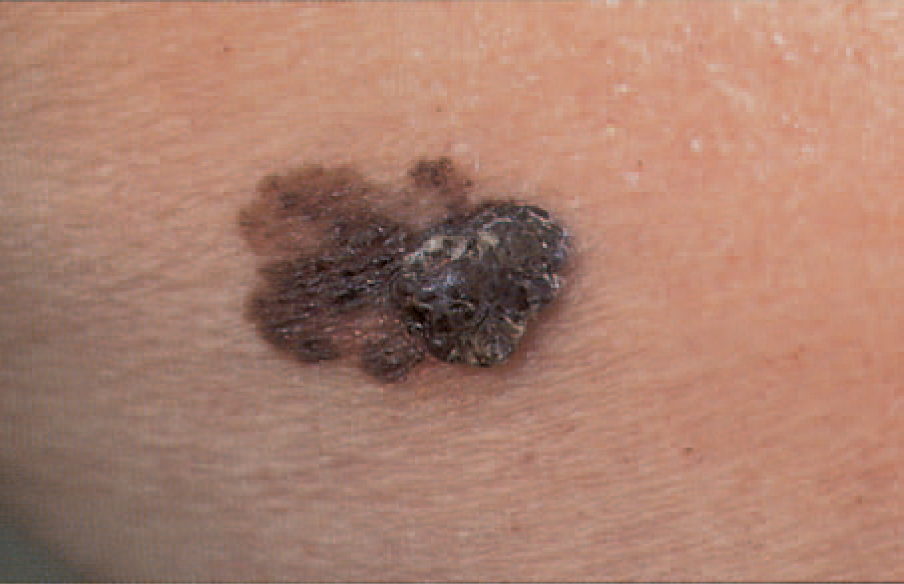Skin Cancer More Aggressive with Fewer Moles Present

People who have fewer moles may be at higher risk for aggressive melanoma than those with more numerous moles, according to a new study.
Researchers reviewed the charts of 281 patients with the skin cancer melanoma who visited a Boston hospital in 2013 and 2014. Of all the patients, 89 had 50 or more moles, whereas the remaining 192 had fewer than 50 moles.
The researchers found that the patients who had fewer than 50 moles tended to have thicker, more aggressive melanoma than those who had 50 or more moles.
The finding shows that "it's important to educate yourself about skin cancer, no matter how many moles you have," study author Dr. Caroline C. Kim, a dermatologist at Beth Israel Deaconess Medical Center and Harvard Medical School in Boston, said in a statement. "All skin cancers, including melanoma, are most treatable when they're detected early, so it's important to be aware of warning signs on your skin."
It is not clear exactly why having fewer moles may be linked to a more aggressive form of melanoma. It may be that patients who have more than 50 moles are readily identified as having an increased risk of skin cancer by their doctors, and have become more educated about their risk. [10 Do’s and Don’ts to Reduce Your Risk of Cancer]
Therefore, such patients may be more likely to see a dermatologist for regular skin exams, increasing the chance of finding melanoma while it is still at a less-aggressive stage, the researchers said.
But there may be genetic differences in patients with different numbers of moles, the researchers said. "It is likely that the difference lies in different genetic mutations, which imply that different melanomas may have different aggressive potentials," Kim told Live Science.
Sign up for the Live Science daily newsletter now
Get the world’s most fascinating discoveries delivered straight to your inbox.
It is also possible that there are differences in people's immune systems that affect both how many moles they have and the type of melanoma they may develop, she said.
In another recent study, researchers found that melanomas that arise in nonmole areas of the skin — where there is no previous dark spot at all — are more aggressive and deadly than cancers that arise from moles.
About 74,000 cases of melanoma will be diagnosed in the United States in 2015, and about 10,000 people will die of the disease this year, according to the National Cancer Institute. Survival rates vary greatly with the stage of melanoma that people have when they are diagnosed: Although 98 percent of people diagnosed with localized melanoma survive at least five years, only 17 percent of those diagnosed with melanoma that has spread elsewhere in the body live that long.
The new study "reminds us that everyone needs to be alert for melanoma, whether they have many moles or just a few," Kim said. People should examine themselves for signs of skin cancer, and bring any suspicious spots to a dermatologist's attention, she said.
The American Academy of Dermatology recommends that people check their skin for suspicious spots, including those that exhibit any of the classic features of melanoma. Those signs can be remembered using the acronym ABCDE, which stands for: asymmetry (meaning that one half of the mole looks different than the other), border (having an irregular, scalloped or poorly defined edge), color (variation from one area to another), diameter larger than 6 millimeters (0.24 inches, or the size of a pencil eraser) and evolving (changing in size, shape or color over time).
The new findings were presented today (Aug. 20) at the American Academy of Dermatology 2015 Summer Academy Meeting.
Follow Agata Blaszczak-Boxe on Twitter. Follow Live Science @livescience, Facebook & Google+. Originally published on Live Science.










